




South winds bring in migrants. Last week (and the current week which ends tomorrow) have been very busy. If you click on this link: http://spreadsheets.google.com/pub?key=pFpBjD7qHqD3d1D5fM3ZIdg you will see that the catbirds and yellowthroats are here along with a growing list of other species. Some are seemingly "late" by captures in prior seasons--the Northern Waterthrush comes to mind--but most are on schedule and moving north almost immediately. Get out your field guides and ID these images.
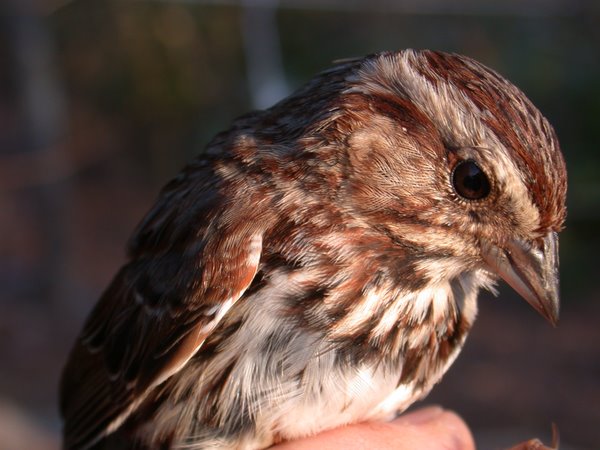
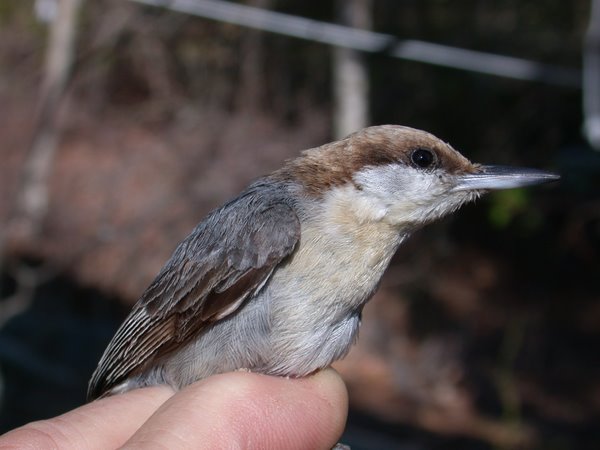
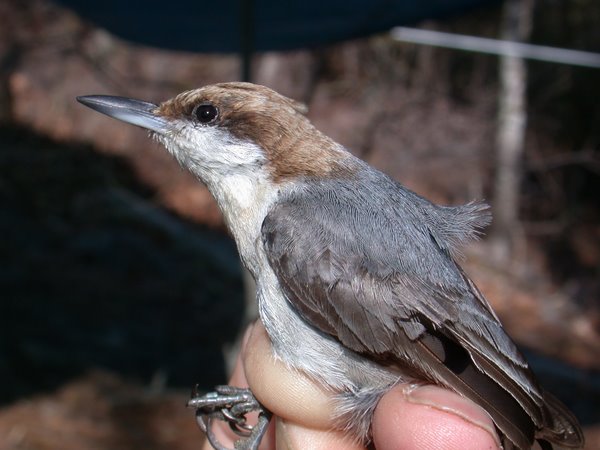
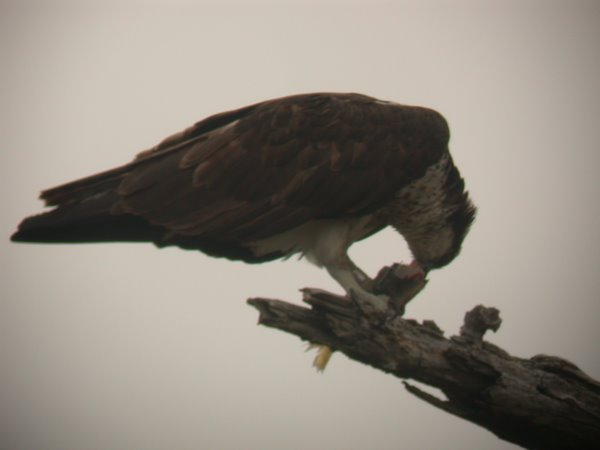


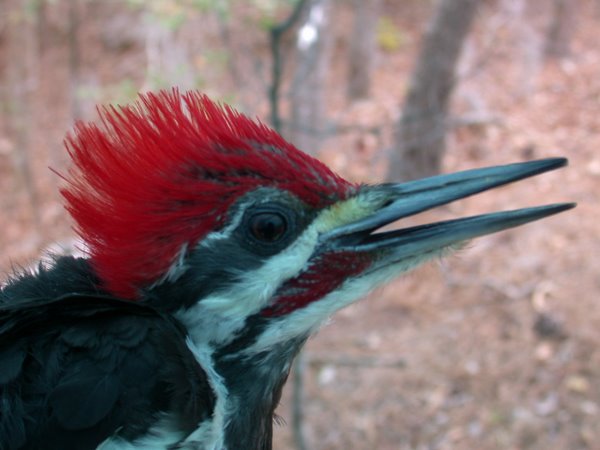
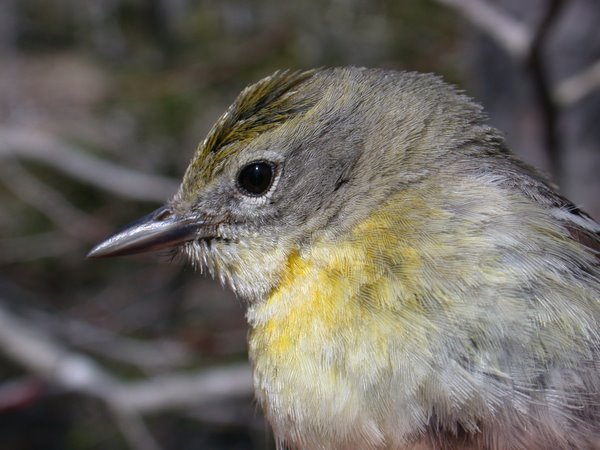
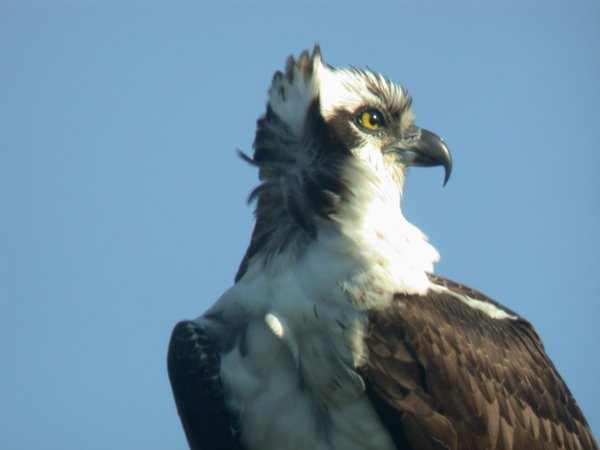
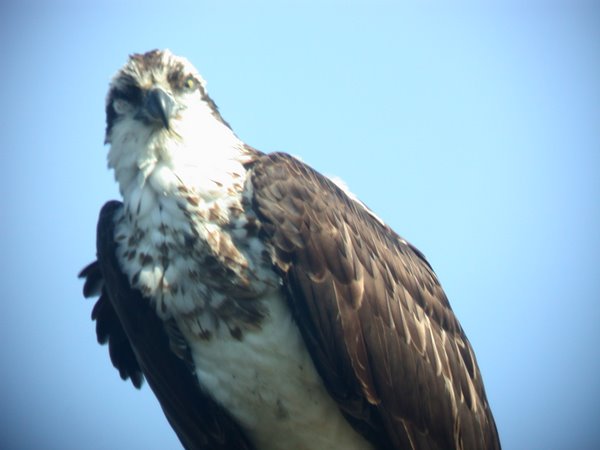
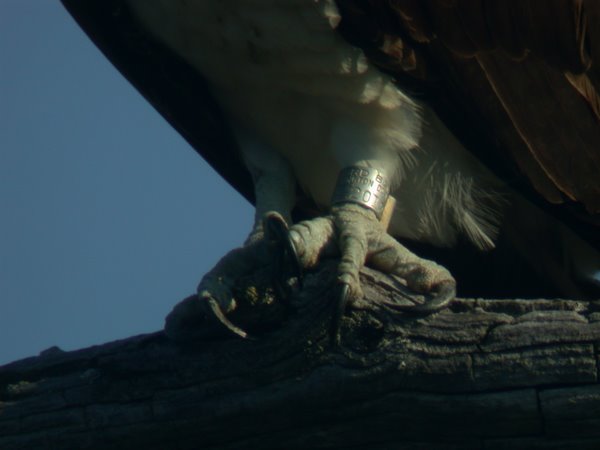
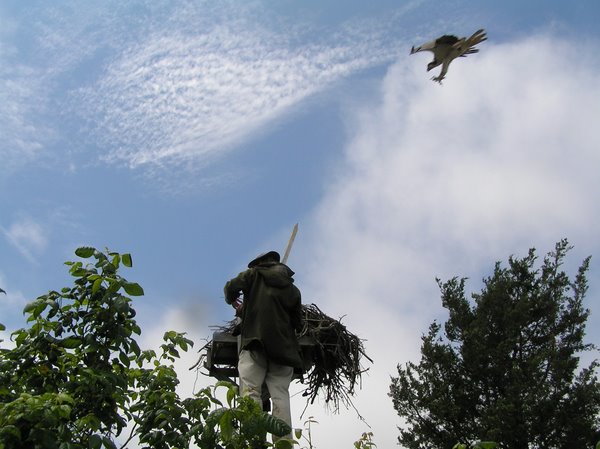

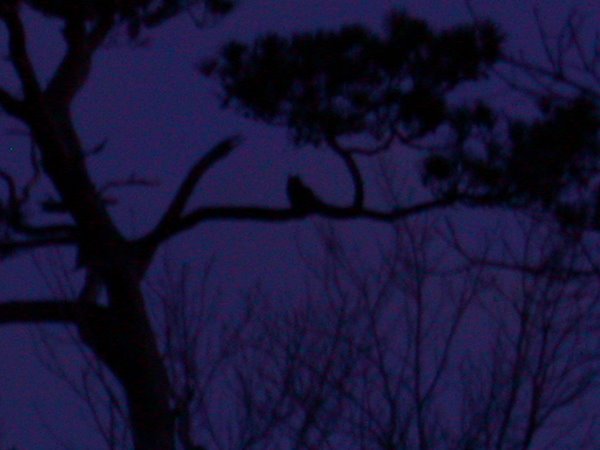



No comments:
Post a Comment